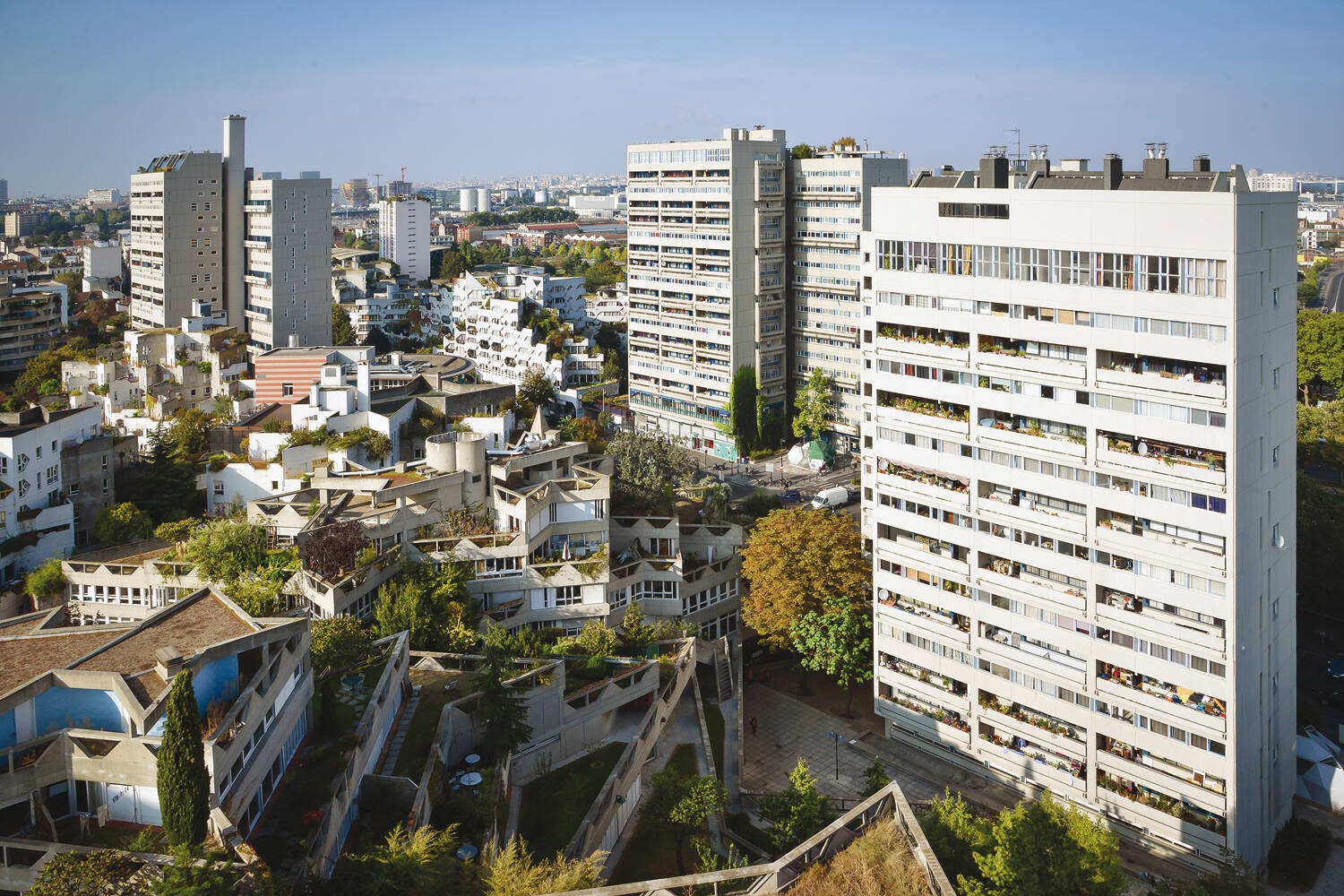A strategic geographic situation
Located at the gates of Paris, in the Val-de-Marne, Ivry-sur-Seine covers 612 hectares.
The town is at the crossroads of numerous lines of communication:
- it is at the confluence of the Seine and Marne rivers
- the A6, A4, A86 and Paris Ring Road are all close by
- Orly Airport is 15 minutes away
- several types of public transport are available: Metro line 7, RER C (regional rail network) and the Voguéo (river) shuttle service
Proud of its history and looking forward to the future
A history of industry and its workers has left its imprint on the municipality. From the end of the 19th Century, many factories became established here. However, in the 1970s and 1980s, de industrialisation hit hard, resulting in the departure of several companies. As of the 1990s, the town entered a phase of economic restructuring. Company headquarters were established, the fabric of small and medium-sized businesses and industries developed and the number of residents progressed…
Nowadays, Ivry is part of one of the main development clusters in the Ile-de-France. It is the originator of Campus Urbain (urban campus), an original territorial development project combining economy, scientific research and urban development.
The solidarity choice
Ensuring equality of access to public services. This solidarity objective is an essential component of the history and the identity of Ivry-sur-Seine. In order to achieve it, the Municipality uses an instrument: the dependents’ allowance. This makes it possible to adjust what people pay for municipal activities and services, depending on their income.
· Keeping all sectors of the population on the territory
Ivry is engaged in several urban projects that will change its appearance in the next twenty years. This renovation does not hamper the strong municipal determination to conserve the diversity of housing on the territory of the municipality and to defend the right to accommodation. The Municipality has an active policy in this domain. With social housing at 38%, the municipality is well above legal requirements.
The Town’s new face
Three big development projects are under weigh:
· Ivry Confluences: re-appropriating the banks of the Seine
This major project is starting a renovation of the Ivry-port area, situated between the railway lines and the Seine. Housing, economic activities and public facilities will be sited here with the goal of developing mixed use over an area of a million square metres. Its development, integrating a sustainable approach, will accommodate the well being of the inhabitants with urban density.
· Ivry Plateau: conquering the West
This massive urban redesign operation, launched along and around the RD5 trunk road (formerly the RN305), harmoniously combines housing, office space, and public facilities. An original HQAC (high artistic and cultural quality) approach is deployed in support of the works and offers the inhabitants a new way of being involved.
· The Gagarine-Truillot project: opening up the district
There are three declared goals for this operation: opening the district up to the centre of Ivry and the new Ivry-Confluence district, creating mixed functionality (housing/shops/services…) and promoting social mixing. This project, after a great deal of consultation, entrusted to GRIFO, a firm of architects, in 2009, is entering a phase of refinement and the search for funding.
Handball: an Ivry tradition
Amongst all the sports practised in Ivry, there is a special link between handball and the Municipality.
- U.S. Ivry, crowned French Division 1 champions 8 times since 1957, most recently in 2007, has a highly prestigious history of awards. Several international players, such as World Champion Luc Abalo, have been trained by the club.
- The Georges Marrane international tournament, organised annually, sets the pace for handball worldwide.
- Its junior brother, the Marrane des Quartiers (Marrane local tournament) is aimed at youngsters between 8 and 11 years of age in the leisure centres and local civil society groups in the Ile-de-France. It fosters social integration through participation in sport.
Consult the USI handball website

